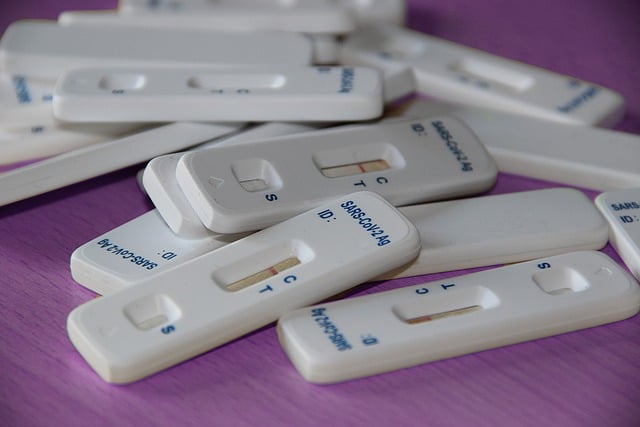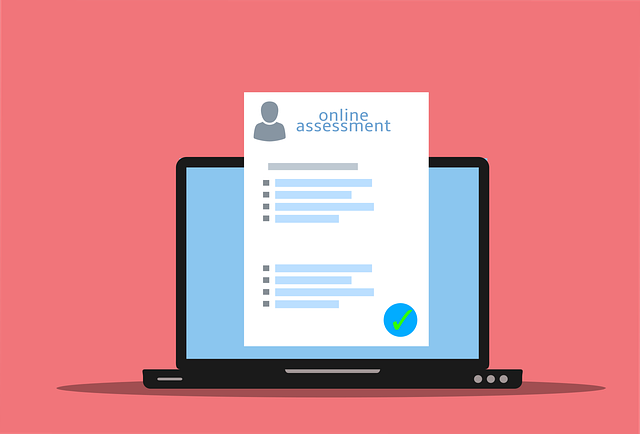In the UK, where a significant portion of the population speaks over 300 languages, translation services for diagnostic test results are indispensable. These specialized services ensure that medical information is accurately and culturally appropriately communicated to patients who do not speak English. The process involves bilingual professionals with expertise in medical terminology, who navigate the complexities of language and cultural nuances to maintain the integrity of diagnostic messages. In the UK's healthcare system, particularly within the NHS, these translations are subject to stringent quality assurance measures, including peer review and consultation of specialized medical databases, to uphold accuracy and patient safety. This commitment is further supported by comprehensive training for medical translators, ensuring they stay abreast of linguistic complexities and medical advancements. The integration of AI-driven translation technologies complements the human expertise, enhancing the precision of communication between healthcare providers and patients from diverse linguistic backgrounds without compromising on quality. This synergy underscores the UK's dedication to providing top-tier translation services for diagnostic test results, thereby improving patient care outcomes across all communities.
Accuracy in medical diagnostics is paramount, and its translation into other languages is a delicate task that can significantly impact patient care. This article delves into the precision of diagnostic result translations, particularly examining how professional translation services for Diagnostic Test Results UK contribute to this critical process. We will explore the complexities involved, from maintaining linguistic accuracy to understanding cultural nuances, and discuss best practices in quality assurance that ensure patients receive information they can understand and act upon. With a focus on the UK healthcare system, we present case studies highlighting real-world challenges and solutions, ensuring a comprehensive analysis of how translation services can uphold the integrity of medical diagnoses across languages.
- Understanding the Role of Professional Translation Services in Medical Diagnostics
- The Accuracy of Diagnostic Result Translations: Challenges and Considerations
- Quality Assurance in Translation for Diagnostic Results: Best Practices in the UK
- The Importance of Cultural Nuances in Translating Diagnostic Reports
- Evaluating Translation Services: Metrics for Measuring Accuracy in Medical Contexts
- Case Studies: Real-World Examples of Diagnostic Result Translations in the UK Healthcare System
Understanding the Role of Professional Translation Services in Medical Diagnostics
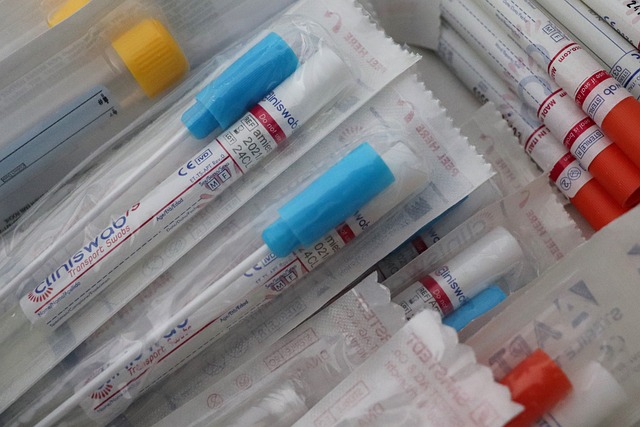
In the realm of medical diagnostics, accuracy and clarity are paramount when it comes to interpreting diagnostic test results. The role of professional translation services becomes increasingly significant, especially in a multicultural nation like the UK where a substantial portion of the population speaks languages other than English. These services bridge the linguistic divide, ensuring that patients who prefer or require communication in their native language can receive healthcare information with the same level of precision as monolingual patients. Translation services for diagnostic test results in the UK are not just about word-for-word conversion; they encompass cultural nuances and medical terminology, which are critical for maintaining the integrity of the original message. This is where professional translation agencies excel, offering specialized teams trained in both medical and linguistic domains to provide accurate translations that comply with legal standards and patient confidentiality. By leveraging these services, healthcare providers can enhance patient engagement, reduce the risk of miscommunication, and ultimately improve healthcare outcomes for non-English speaking individuals. The integration of professional translation services into medical diagnostics is a testament to the UK’s commitment to equitable healthcare and underscores the importance of clear communication in an increasingly globalized society.
The Accuracy of Diagnostic Result Translations: Challenges and Considerations

The translation of diagnostic test results presents unique challenges that require a high degree of accuracy and expertise. In the UK, where diversity in languages is prominent, healthcare providers often rely on professional translation services for diagnostic test results to ensure effective communication across different linguistic groups. The accuracy of these translations is paramount, as they directly influence patient care and decision-making. Medical terminology, idiomatic expressions, and cultural nuances can pose significant hurdles; thus, the translation process necessitates not only a deep understanding of both the source and target languages but also knowledge of medical terminology specific to diagnostic testing.
Professional translation services for diagnostic test results in the UK are equipped with bilingual professionals who specialise in medical language. These experts undergo rigorous training to handle sensitive information with confidentiality, ensuring that all translations are both precise and contextually appropriate. However, even with advanced technology and skilled linguists, challenges such as maintaining the original meaning while adapting to the cultural context of the target audience remain. It is essential for these services to implement robust quality assurance measures, including peer review and the use of terminology databases that are specific to medicine, to maintain the highest level of accuracy in translations of diagnostic results. This commitment to excellence is crucial in fostering trust between patients and healthcare providers, ultimately leading to better health outcomes.
Quality Assurance in Translation for Diagnostic Results: Best Practices in the UK
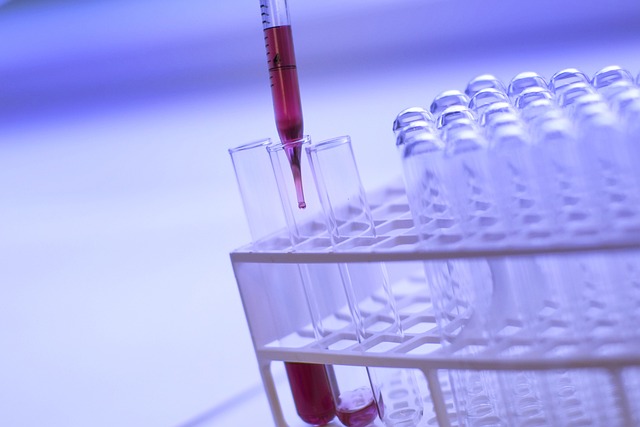
In the UK, translation services for diagnostic test results are subject to stringent quality assurance protocols to ensure accuracy and reliability. These best practices are critical, as errors in translation can lead to misdiagnoses and inappropriate treatments, compromising patient care. The National Health Service (NHS) has established guidelines that emphasize the importance of using professional translators who possess both linguistic expertise and specialized medical knowledge. These professionals are adept at converting clinical findings into accurate and understandable translations while maintaining the original context and intent. To uphold these standards, translation teams often employ a two-step verification process where the initial translation is reviewed by another expert to cross-check for precision and cultural nuances that could potentially alter the meaning of the results. This rigorous approach not only enhances patient safety but also fosters trust in the healthcare system, ensuring that all individuals, regardless of language barriers, receive the most accurate diagnosis possible.
Furthermore, the UK’s commitment to quality assurance extends beyond individual cases; it involves comprehensive training programs for translators specializing in medical terminology and diagnostic results translation. These programs encompass not only the linguistic challenges but also the variability in diagnostic expressions among different countries and healthcare systems. Continuous professional development is encouraged to keep abreast of the latest medical advancements, ensuring that the translations remain accurate and relevant. Additionally, investment in advanced translation technologies that utilize artificial intelligence and machine learning is on the rise, aiming to further refine the process and reduce human error without compromising the quality of communication between healthcare providers and patients from diverse linguistic backgrounds. This blend of human expertise and technological innovation is key to maintaining the highest standards of translation accuracy for diagnostic test results in the UK.
The Importance of Cultural Nuances in Translating Diagnostic Reports
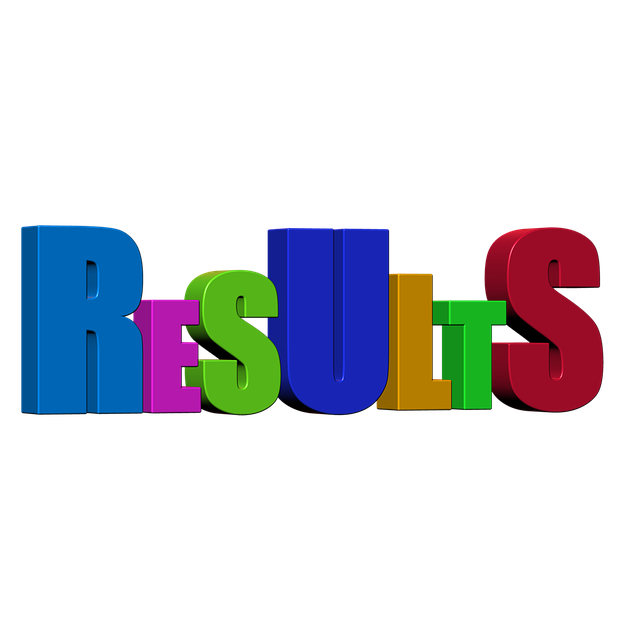
When it comes to medical diagnostic reports, accuracy and clarity are paramount. The translation of such reports presents unique challenges, particularly when cultural nuances are not adequately considered. In the UK, where a diverse population speaks over 300 languages, the importance of precise translation services for diagnostic test results cannot be overstated. A mistranslation can lead to misdiagnosis or inappropriate treatment, which underscores the necessity for translators who are not only linguistically proficient but also well-versed in the cultural contexts of both the source and target languages. Cultural nuances often influence how medical information is interpreted and communicated, and a translation that overlooks these can result in misunderstandings that compromise patient care. Therefore, it is crucial for translation services for diagnostic test results UK to employ experts who can navigate the intricacies of language and culture to provide accurate translations that facilitate effective communication between healthcare providers and patients from different cultural backgrounds. This ensures that patients receive care tailored to their linguistic and cultural needs, thereby improving health outcomes and patient satisfaction.
Evaluating Translation Services: Metrics for Measuring Accuracy in Medical Contexts

When assessing the reliability of translation services for diagnostic test results in the UK, particularly within a medical context, it is imperative to establish robust metrics for accuracy. These evaluations are critical as they ensure that patients receive the most precise information, which can directly influence their treatment and prognosis. The process begins with the selection of appropriate translation services, those specifically designed for the medical sector, which account for the nuanced language and technical terminology inherent to diagnostic results. Translation accuracy in this domain is not merely about converting text from one language to another; it encompasses a comprehensive understanding of medical practices, terminologies, and the cultural contexts that may affect interpretation.
To measure accuracy, translation services are often subjected to various metrics, including but not limited to, precision, fluency, and grammatical correctness. Precision refers to the ability of the translation to accurately convey the exact information as the original document. Fluency evaluates how naturally the translated text reads in the target language. Lastly, grammatical correctness assesses adherence to the linguistic rules of the language into which the diagnostic test results are being translated. Additionally, contextual accuracy is paramount, ensuring that phrases and abbreviations common in medical reports are accurately interpreted across languages. The best translation services for diagnostic test results UK-based will have a proven track record, demonstrated through rigorous testing and quality assurance processes, to guarantee the highest level of accuracy and reliability for healthcare professionals and patients alike.
Case Studies: Real-World Examples of Diagnostic Result Translations in the UK Healthcare System

Within the UK’s healthcare system, the translation of diagnostic test results is a critical function that bridges language barriers and ensures patient safety and informed decision-making. The use of professional translation services for diagnostic test results in the UK has been instrumental in providing accurate and timely communication between healthcare providers and patients who speak different languages. Real-world case studies illustrate the effectiveness of these services. For instance, a patient presenting with symptoms at a GP surgery might receive a diagnosis through laboratory tests that is initially reported in English. A specialist translation service is then employed to translate this information into the patient’s native language, ensuring clarity on the part of the patient and facilitating necessary follow-up actions without the potential for misunderstanding due to language differences. This not only enhances patient care but also streamlines administrative processes within healthcare facilities. Another case involves a multinational hospital where translators work around the clock to provide real-time translation services for diagnostic test results, allowing for prompt and precise interventions based on the patient’s medical condition, regardless of the language in which the original report was written. These instances underscore the vital role that translation services play in the UK’s healthcare system, highlighting their importance in maintaining high standards of patient care and medical accuracy.
In conclusion, the translation of diagnostic test results is a complex and critical task that plays an indispensable role within the UK’s healthcare system. The deployment of professional translation services in medical diagnostics underscores the necessity for precision and cultural sensitivity to ensure accurate communication across linguistic barriers. The challenges and considerations in this field are significant, yet adherence to quality assurance protocols and best practices can mitigate risks. It is clear that the accuracy of translating diagnostic results hinges on a combination of technical expertise and an understanding of cultural nuances. Evaluative metrics tailored to medical contexts are essential for assessing translation services, particularly those specializing in diagnostic test results in the UK. The case studies presented demonstrate the real-world impact of precise translations on patient outcomes and healthcare operations, highlighting the importance of this often overlooked aspect of medical care. As such, it is imperative that translation services for diagnostic test results in the UK continue to prioritize excellence and maintain high standards to support the nation’s health needs.

